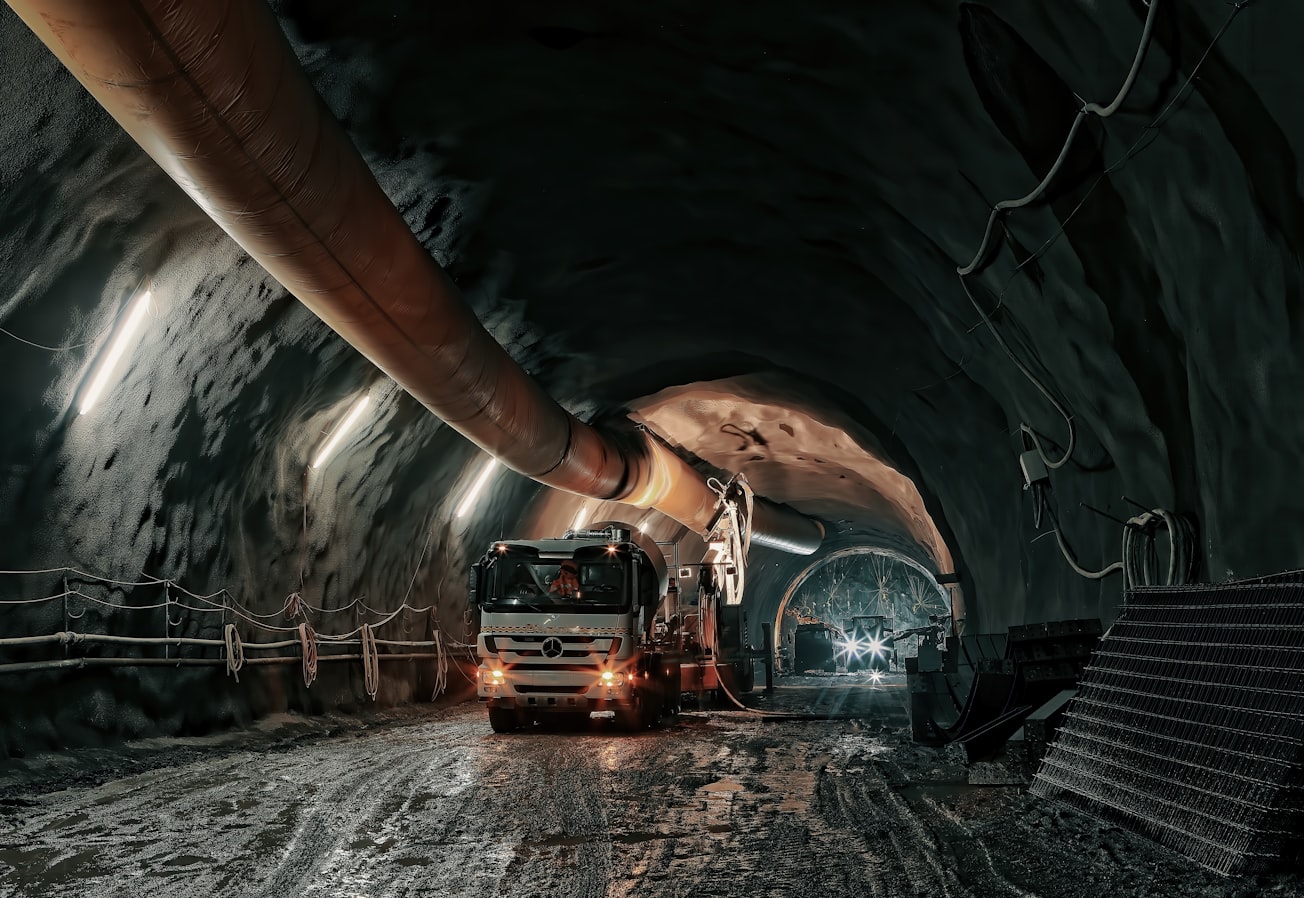What is it about?
Mining operations are known to induce microseismicity. Monitoring these events can aid in understanding rock mass response to mining. We study microseismic data recorded in an underground potash mine in Canada. These data are unique with the negative magnitude events detected by a network of underground broadband seismometers with source-receiver distances typically varying from 1 to 20 km. Also, the body wave arrivals are masked by background noise. We obtain high-resolution event locations and source mechanisms using these data.
Featured Image

Photo by Ricardo Gomez Angel on Unsplash
Why is it important?
We demonstrate applications of guided waves for microseismic event locations and moment tensor inversion in underground mines. The body wave arrivals are not identifiable for these data due to relatively large source-receiver distances and background noise. Using three-component waveform data of guided phases, we determine moment tensors that provide insights into the spontaneous fracturing that produces the observed microseismicity.
Perspectives

This article is the result of the collaboration between mining industry and academia. Working closely with the industry partner, I gained insights into the applications of microseismic monitoring in soft rock environments hosting potash deposits. I enjoyed working with my co-authors who were very supportive and knowledgeable. With the ever-increasing demand for critical minerals, the underground mining is poised for a huge growth. We hope that this article will contribute to a better understanding of mining-induced seismicity and ultimately lead to safer mining operations.
Himanshu Barthwal
Western University
Read the Original
This page is a summary of: Microseismic event locations and source mechanisms using dominant guided waves recorded in an underground potash mine, Geophysics, October 2023, Society of Exploration Geophysicists,
DOI: 10.1190/geo2023-0359.1.
You can read the full text:
Contributors
The following have contributed to this page








